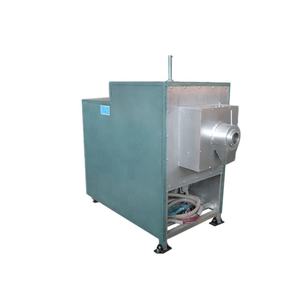PRODUCT PARAMETERS
Description
Introduction of burners for rotary kilns/rotary kiln burner cement/rotary kiln burner
A rotary kiln is a kind of industrial equipment used for material heating and processing, which is widely used in cement, metallurgy, chemical industry, etc. burners for rotary kilns/rotary kiln burner cement/rotary kiln burner refers to various parts and components which are necessary for maintaining and repairing the normal operation of the rotary kiln, such as cylinder, baffle wheel, pallet, sealing device and so on.
Features and advantages of burners for rotary kilns/rotary kiln burner cement/rotary kiln burner
High-temperature resistance: Due to the extremely high temperature of the working environment of the rotary kiln, the spare parts are usually made of refractory materials or special alloys to ensure that they can work stably under high temperatures.
High abrasion resistance: Long time material friction and chemical erosion require spare parts to have excellent abrasion resistance to prolong service life.
High structural strength: in order to withstand heavy loads and the pressure of continuous operation, the design of spare parts will place special emphasis on structural strength and reliability.
Easy to install and maintain: Considering the need for frequent replacement, many spare parts are designed to be simpler and easier for quick installation and maintenance.
Strong adaptability: different industries have different needs for rotary kilns, so spare parts need to have good versatility and adaptability to meet diverse application conditions.

(burners for rotary kilns/rotary kiln burner cement/rotary kiln burner)
Specifications of burners for rotary kilns/rotary kiln burner cement/rotary kiln burner
Rotary kiln burners create the intense heat needed for cement production. These burners mix fuel and air efficiently. Good combustion is vital for process control and product quality. Fuel flexibility matters. Modern burners handle solid fuels like coal and petcoke. They also work with liquid fuels such as heavy oil. Many can use gaseous fuels like natural gas too. Some burners manage multiple fuels simultaneously. This offers operational flexibility.
Flame shape control is crucial. Operators adjust the flame length and intensity. This ensures optimal heat transfer within the kiln. It prevents damage to the kiln lining. Precise control improves clinker quality. Different flame profiles suit different process stages. Airflow management is key here. Primary air carries pulverized solid fuel into the flame. Secondary air enters from the cooler. It’s very hot. The burner design optimizes mixing of fuel and air streams. This ensures complete combustion. High efficiency lowers fuel costs.
Burner components face extreme temperatures. Effective cooling is essential. Air-cooled designs are common and reliable. Water-cooling offers higher protection in severe conditions. Materials must withstand high heat and abrasion. Special high-grade steels and advanced ceramics are used. These materials ensure long burner life. Durability reduces maintenance downtime.
Emission control is increasingly important. Modern burner designs promote cleaner burning. They help reduce nitrogen oxides (NOx). Lower emissions meet strict environmental regulations. Safety features are built-in. Flame monitoring systems detect the burner flame constantly. Reliable ignition systems ensure safe starts. These features prevent dangerous situations. Stable operation is critical for cement plants. High-performance burners deliver consistent heat. They support continuous kiln operation. Robust construction handles the harsh kiln environment. Operators need reliable equipment. Advanced burners meet these demands.
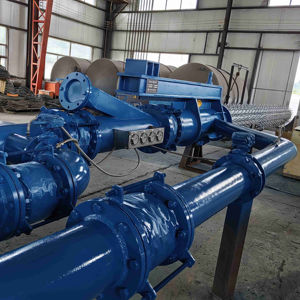
(burners for rotary kilns/rotary kiln burner cement/rotary kiln burner)
Applications of burners for rotary kilns/rotary kiln burner cement/rotary kiln burner
Rotary kiln burners do a vital job. They generate the intense heat needed inside the kiln. This heat drives the chemical reactions turning raw materials into clinker. Getting the heat right is crucial for making good cement. The burner controls the temperature profile along the kiln’s length. Proper temperature control ensures the clinker forms correctly. It also affects the final cement’s quality and strength.
These burners shape the flame precisely. Flame shape directly impacts heat transfer efficiency. A well-shaped flame spreads heat evenly across the material bed. This prevents local overheating or underheating. Good flame control saves significant energy. It also lowers fuel costs over time. Consistent flame shape keeps the kiln running smoothly.
Burners handle different fuel types reliably. Many use pulverized coal. Others run on natural gas, heavy fuel oil, or alternative fuels. Modern burners often manage multiple fuels. This flexibility helps plants adapt to fuel prices and availability. Using waste-derived alternative fuels is increasingly common. Burners must handle these without problems.
Reliability is non-negotiable. Burners operate in incredibly harsh conditions. They face extreme temperatures, high radiation, and abrasive dust. A robust design is essential. Burners must fire consistently for long periods. Unplanned shutdowns are expensive and disruptive. Regular maintenance is still needed. But the burner itself must be tough.
The burner directly influences kiln performance. Optimizing combustion improves clinker quality. It also reduces harmful emissions like NOx. Modern burners incorporate advanced designs. These designs achieve better mixing of fuel and air. Better mixing leads to cleaner, more efficient burning. This is key for environmental compliance and cost savings.
Company Introduction
Established in 2001, plant Machinery Equipment Co.,ltd. focus on metal research and mining machinery spare parts. 2 factories over an area of 13,300 square meters, based on 100+ sets of equipment, our production capacity reaches 12000 Tons/Year. has passed ISO 9001 quality managment system certification in 2008.
Our mainly products are dragline excavator spare parts,rotary kiln spare parts, large modulus gear (gear shaft), gearbox ect. 40+ patents with over 45 years experience to help focus on improve the service life of spare parts. We belive that more than 80% reason of mechanical parts’ working life depends on hot processing (steel making/forging/casting/welding/heat treatment). Eight material engineers will control the quality from the original resource.
If you are interested, please feel free to contact us.
Payment
L/C, T/T, Western Union, Paypal, Credit Card etc.
Shipment
By sea, by air, by express, as customers request.
5 FAQs of burners for rotary kilns/rotary kiln burner cement/rotary kiln burner
Rotary kiln burners are vital for cement production. They provide the intense heat needed to turn raw materials into clinker. Here are five common questions about them:
What exactly does a rotary kiln burner do? It injects fuel and air into the kiln. This creates a controlled, powerful flame. The flame heats the material inside the kiln to very high temperatures. This process is essential for chemical reactions forming clinker.
What fuels can these burners use? Modern burners are versatile. They handle traditional fuels like coal and heavy fuel oil. Many also use alternative fuels like natural gas, petcoke, biomass, or waste-derived fuels. Choosing the right fuel depends on cost and plant setup.
Why is burner design important for efficiency? Good design matters greatly. It ensures complete fuel combustion. This maximizes heat transfer to the material. It minimizes wasted fuel. It also reduces harmful emissions like NOx. Efficient burners save money and meet environmental rules.
How much maintenance do kiln burners need? Burners face extreme conditions inside the kiln. Regular checks are necessary. Parts like nozzles and tips wear out over time. Inspections prevent unexpected failures. Proper maintenance keeps the burner performing well and avoids costly kiln downtime.
Can burners be customized for specific kilns? Absolutely. Burners are not one-size-fits-all. Manufacturers tailor them. They consider the kiln’s size and shape. They look at the desired production rate. They factor in the primary fuel type and any alternative fuels used. Customization optimizes performance for each plant.
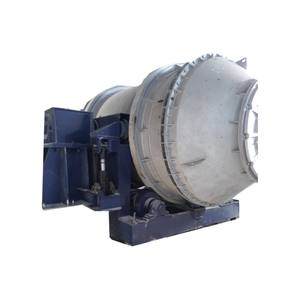
(burners for rotary kilns/rotary kiln burner cement/rotary kiln burner)
REQUEST A QUOTE
RELATED PRODUCTS

Wide Adaptability High Strength Double Swirl Rotary Kiln Burner Low Cost Double Swirl Rotary Kiln Burner
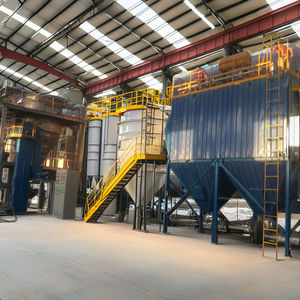
Desktop Concrete Rotary Kiln Continuous Atmosphere Rotary Kilns
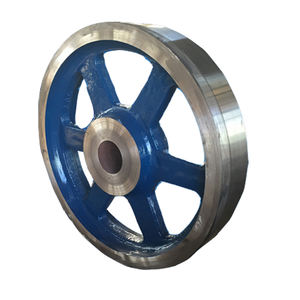
New Construction Rotational Kiln Rotary Kiln Wheel Block Custom Processing Lime Zinc Oxide Aluminum Ash Roasting Aluminum Ash
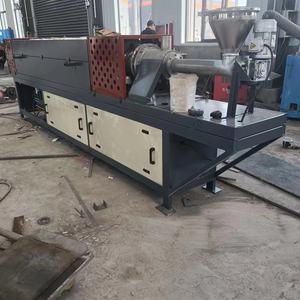
Hot Recently Double Firing Frit For Daily Ceramics Magnesia Porcelain Second Firing Electric kiln Glaze Firing
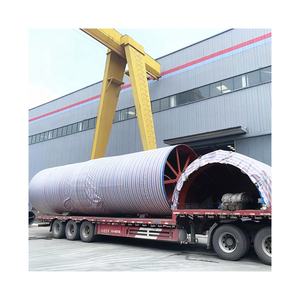
Engine spare parts 4JJ1 4JH1 4HL1 4HF1 4JA1 4JB1 4JG1 4JG2 4HG1 6BD1 6HH1 engine liner kit for ISUZU parts


